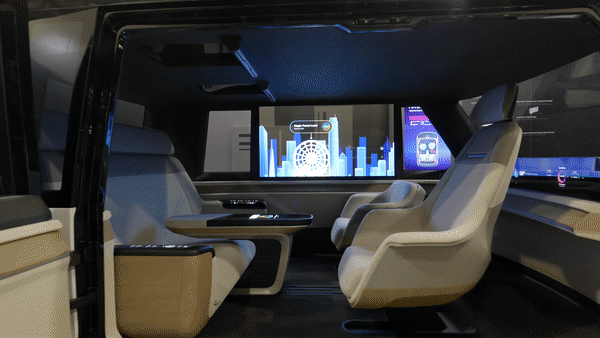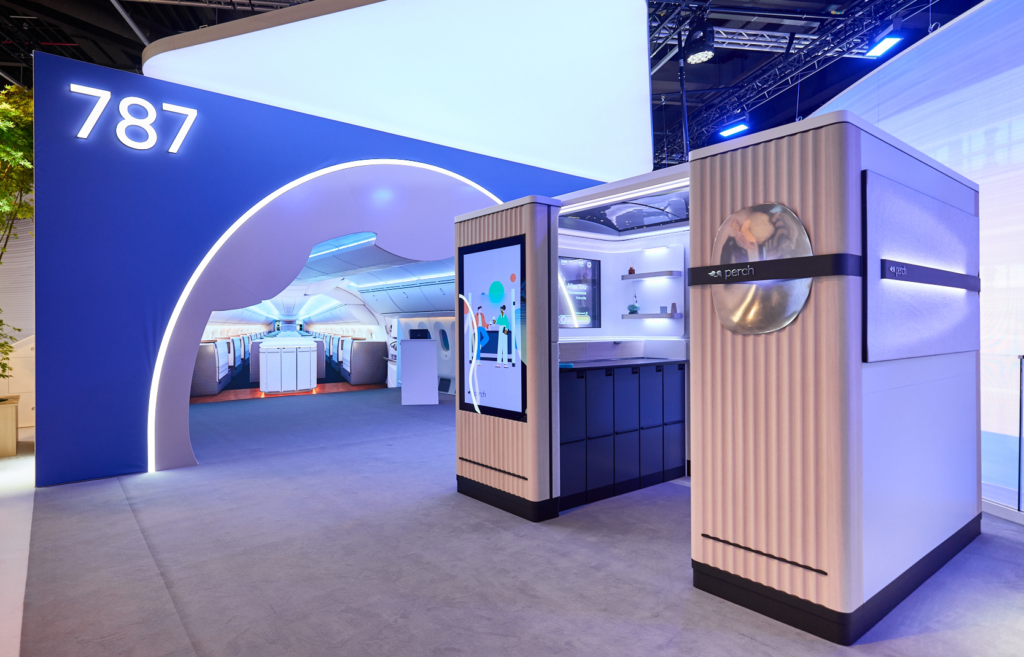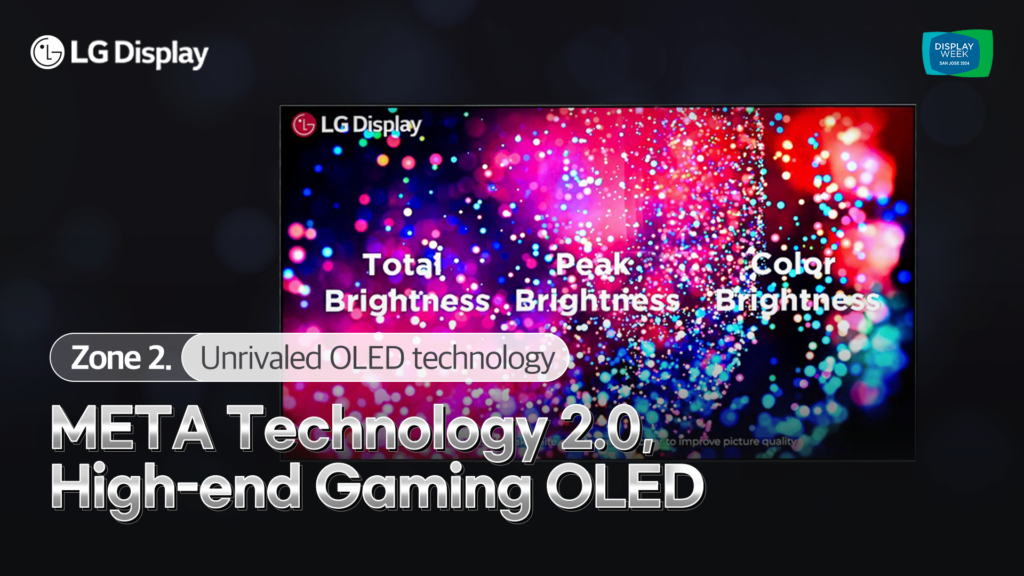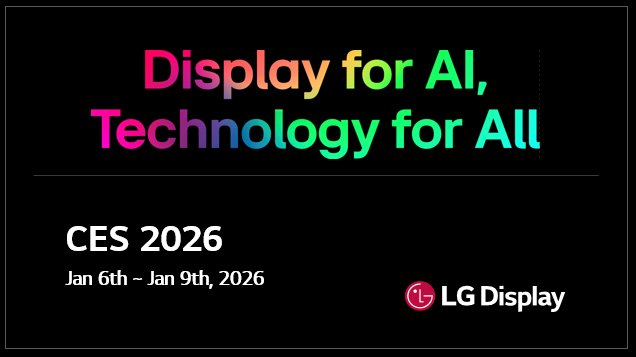
The idea of having a transparent touchscreen interface at our disposal has long piqued our interest. Let’s face it, who doesn’t remember the ethereal and futuristic screens in movies such as Star Trek, Avatar, Iron Man, and so on? While everyone assumed back then that these gadgets could only be portrayed in fictional movies, the rate at which technology has evolved has brought this once-idealistic thought into real life.
LG Display stands today as the world’s sole manufacturer of Transparent OLEDs and has implemented this technology across various fields such as retail, signage, and architecture, with more practical applications on the way. One key area for Transparent OLED involves the mobility sector, particularly in the form of public transportation, which will transform the way you commute in the near future.
Peeking into the future: Train windows come to life with Transparent OLED

Recently, LG Display’s groundbreaking 55-inch Transparent OLEDs were installed in the cabin windows of Korea’s high-speed underground trains in the GTX-A line as part of a pilot project with SG Rail to provide new and smart on-board experiences to passengers by providing route maps, operation details, and other convenient information at a glance.
Unlike conventional displays, Transparent OLEDs function like conventional glass to provide a sense of open space and increased safety by being able to check outside in emergency situations. Also, Transparent OLEDs use special tempered glass for more resistance against shocks and vibrations compared to the past and are stable even at high speeds of more than 150 km/h, a criteria required to pass the standard Korean railway test.
Initial reception towards Transparent OLED overseas

Transparent OLED can be utilized as both a window and an information-providing medium thanks to OLED’s self-emissive nature, in which its transparency can be maximized since it does not require a backlight unit.
This revelation has led to an increase in integration of Transparent OLEDs in public transportation systems such as railways. By replacing glass windows with Transparent OLED, passengers are not only able to look at the outside view and see information at the same time but also targeted advertisements relevant to the specific location or timeframes, creating new added value. This versatility has garnered attention overseas, where major subway systems in Beijing, Shenzhen, Guangzhou, and Chongqing in China, as well as JR East services in Japan, have adopted Transparent OLEDs to enhance citizens’ daily lives.
The Dawn of a New Future with Transparent OLED

Going forward, LG Display plans to install Transparent OLED panels across all of the trains servicing the GTX-A line after collecting feedback from passengers. Furthermore, it is anticipated that this technology will be further applied in various fields such as mobility, distribution, signage, and architecture, as well as extending into other forms of public transportation such as automobiles and aircraft, thanks to its ability to generate less heat than traditional LEDs, making it ideal for indoor use and transparent enough to replace glass windows while remaining thin and light.

Transparent OLEDs are emerging as an innovative technology that goes beyond merely conveying information to transforming the very essence of space itself. Be sure to keep an eye out for LG Display, as they continue to push the boundaries of current OLED technology to shape the future of this transformative field.








